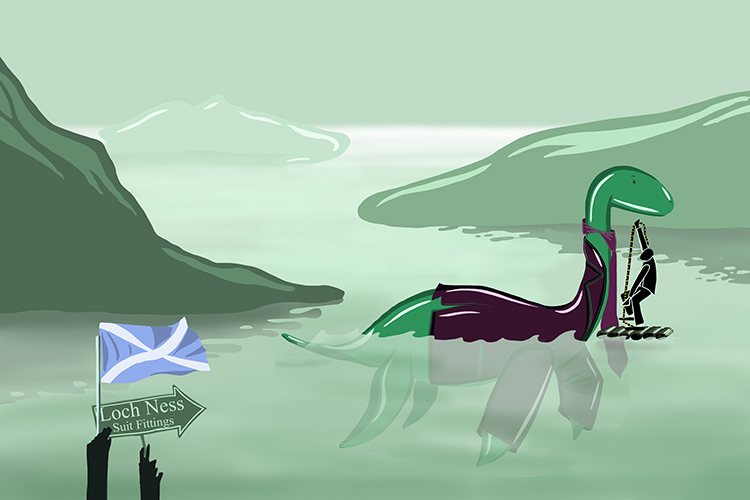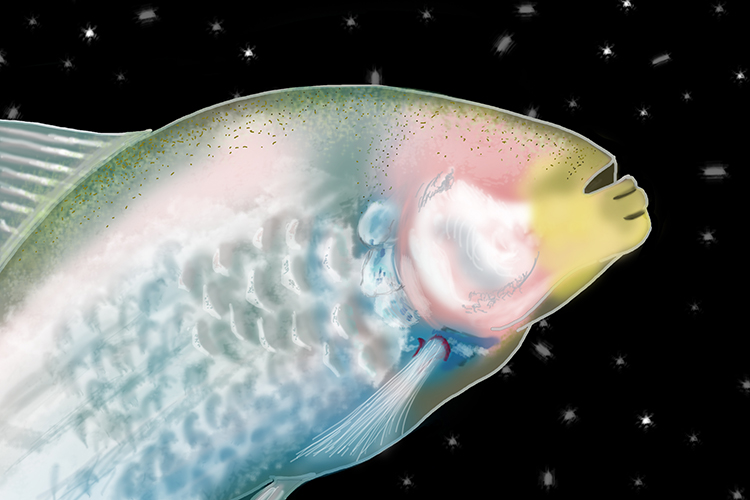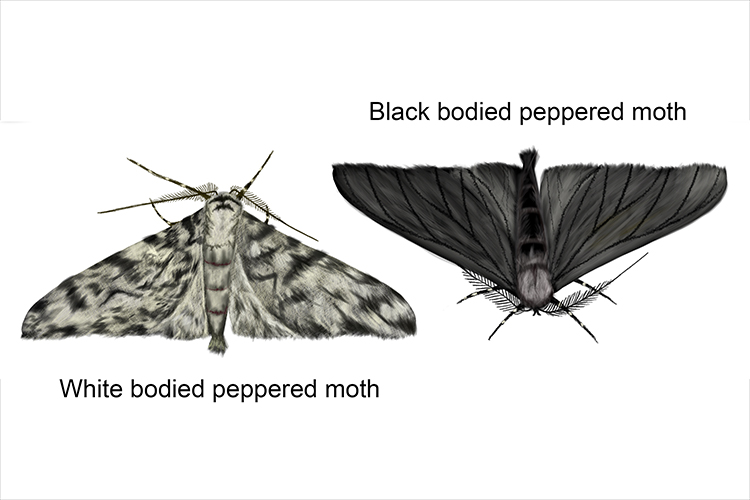Fitness – suitability to environment
This is the probability of an organism surviving and reproducing within its environment.

A tailor fits Nessie (fitness) for a new suit (suitability).
Examples

The fitness of cacti to survive the desert environment in which they are found is demonstrated by how they store water in thick stems and have spines instead of leaves which minimise water loss and protect them from being eaten.

The fitness of many arctic animals to cope with extremely cold conditions can be seen in their camouflaged colouring and adaptations to the cold climate. Polar bears have a thick layer of blubber under their skin to help insulate them from the cold. Their white fur helps camouflage them against the snow, while large feet help spread their weight over the snow and ice.

The fitness of some animals to their environment can be seen not by what adaptations they do have but by what unnecessary adaptations they don’t have. Blind cave fish don’t have eyes, which means they don’t waste energy developing a sense organ that would be useless in a totally dark cave. They also have no colouring as camouflage is not needed. Conserving energy in a cave environment where food nutrients are in very short supply improves the blind cave fish’s chances of survival.

The fitness of some individuals to their environment can change. During the industrial revolution peppered moths with a gene mutation that gave them black body colouring increased in numbers compared to the moths with the gene that made them white-bodied. This was due to the black-bodied moths being better camouflaged against buildings and trees that had become covered with soot from industry.
Once factories were moved outside the cities and their emissions cleaned up the soot covering of building and trees decreased and the white-bodied peppered moths became more common than the black-bodied moths once again.




